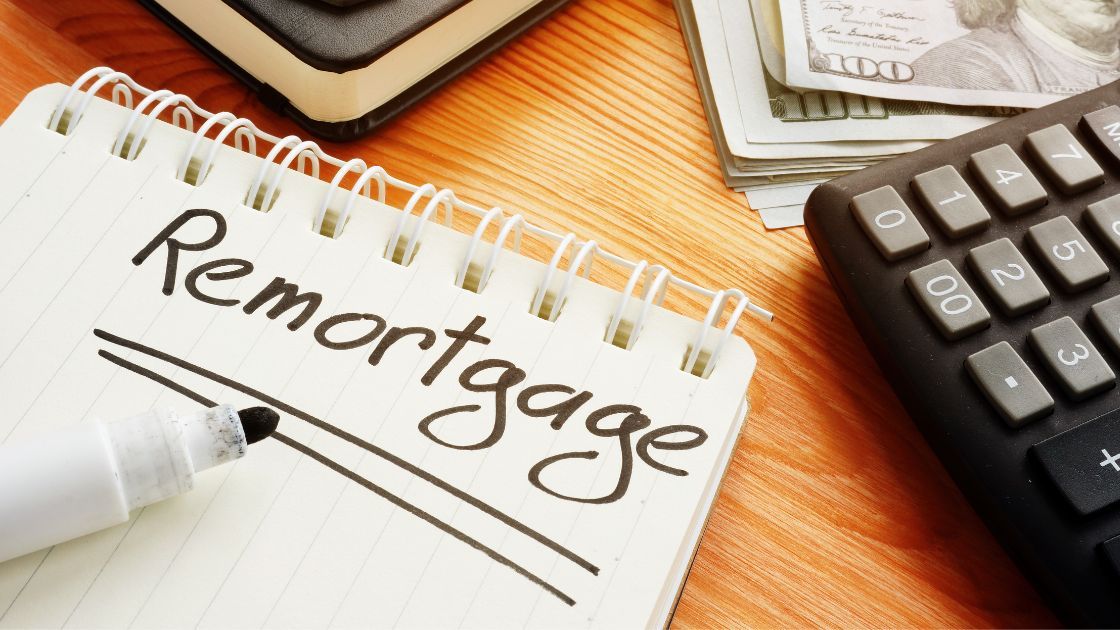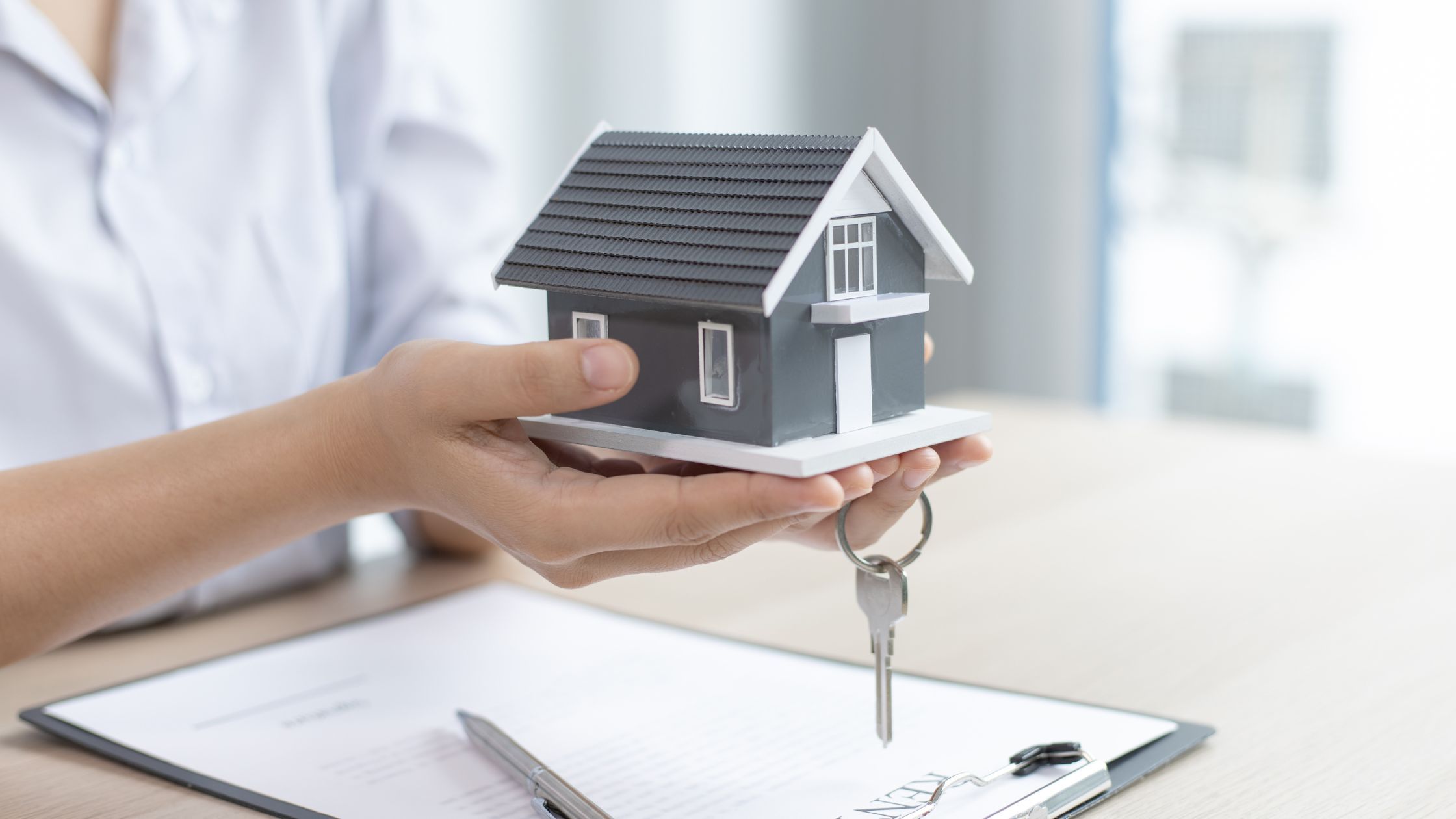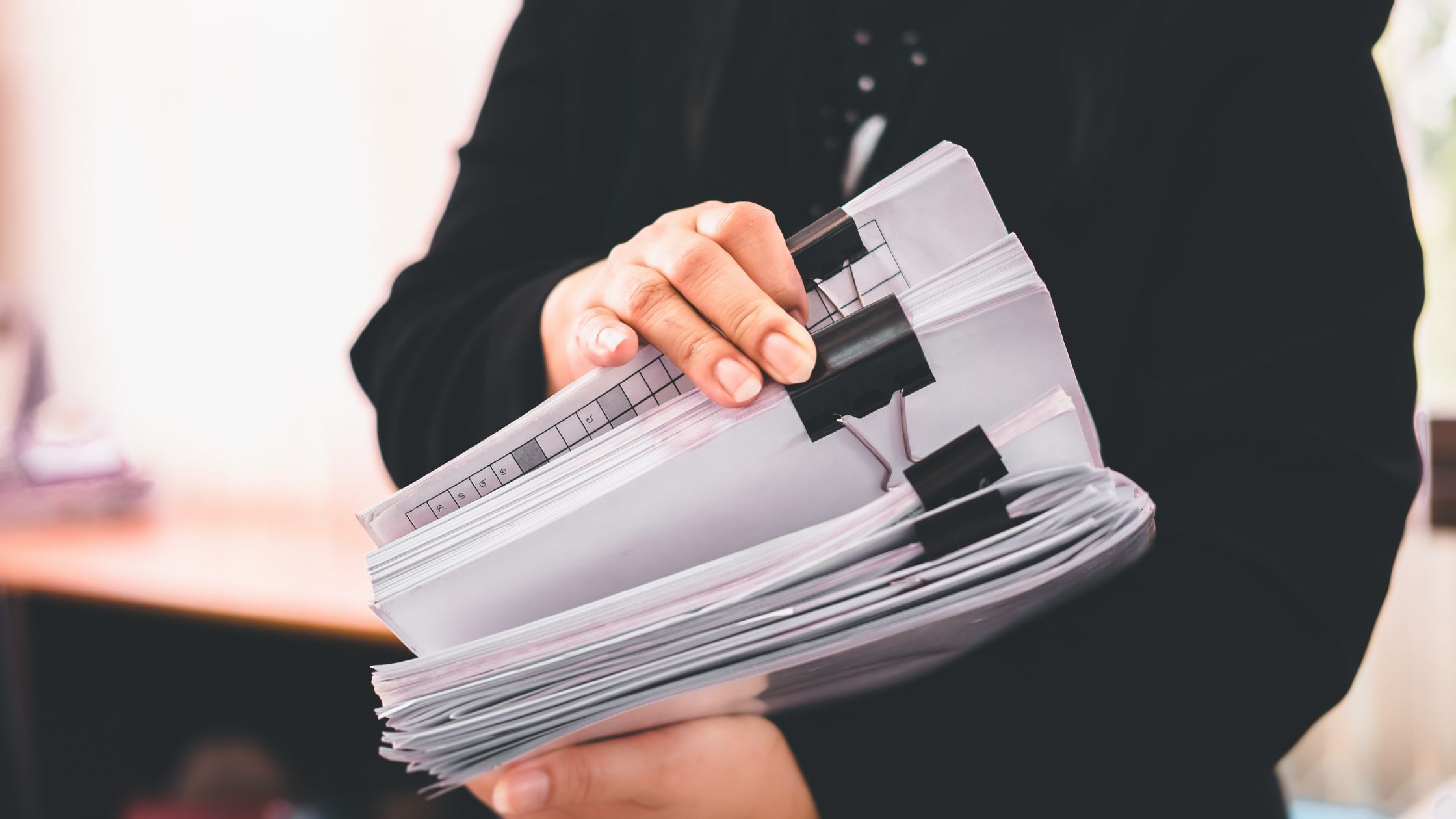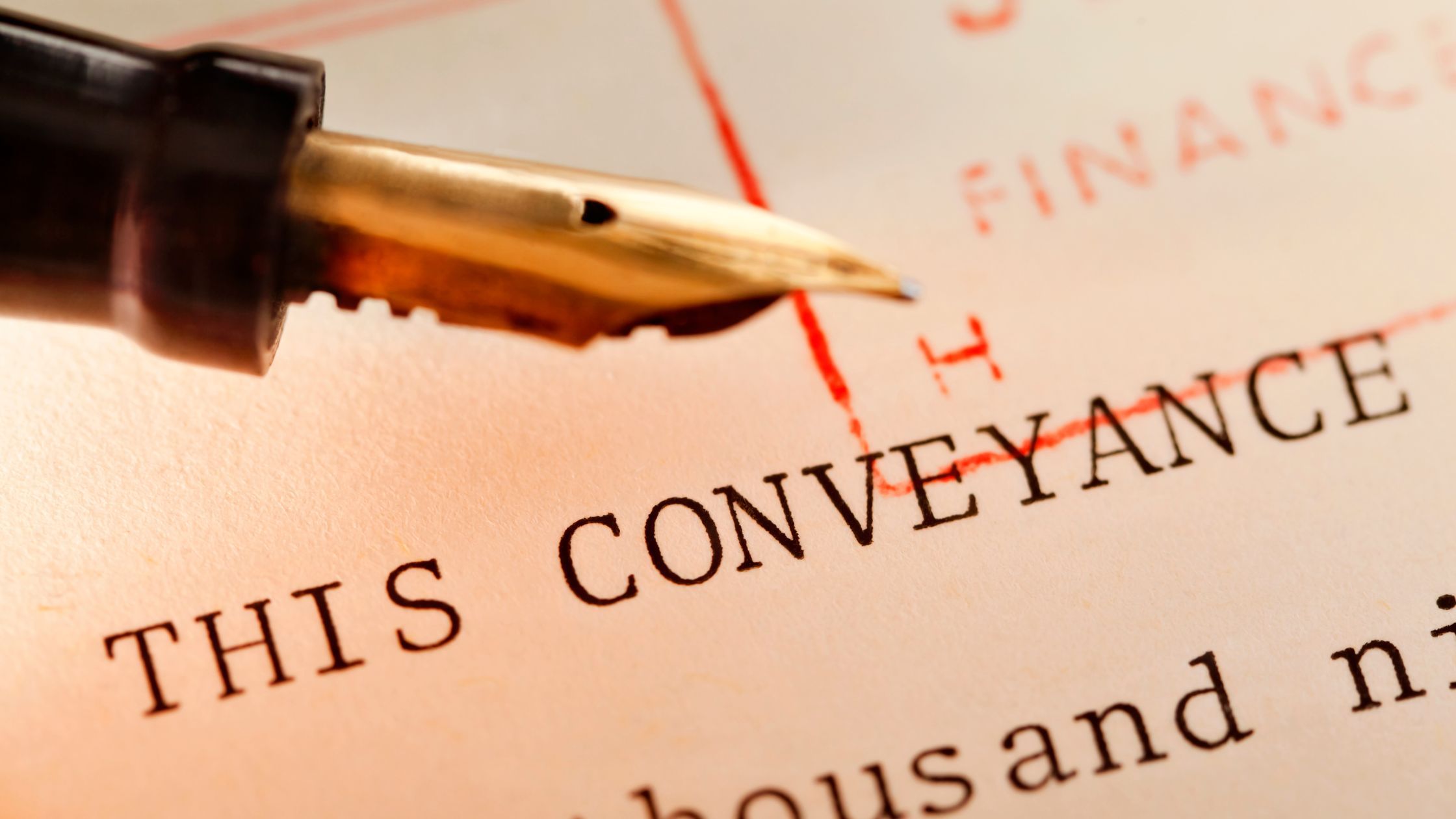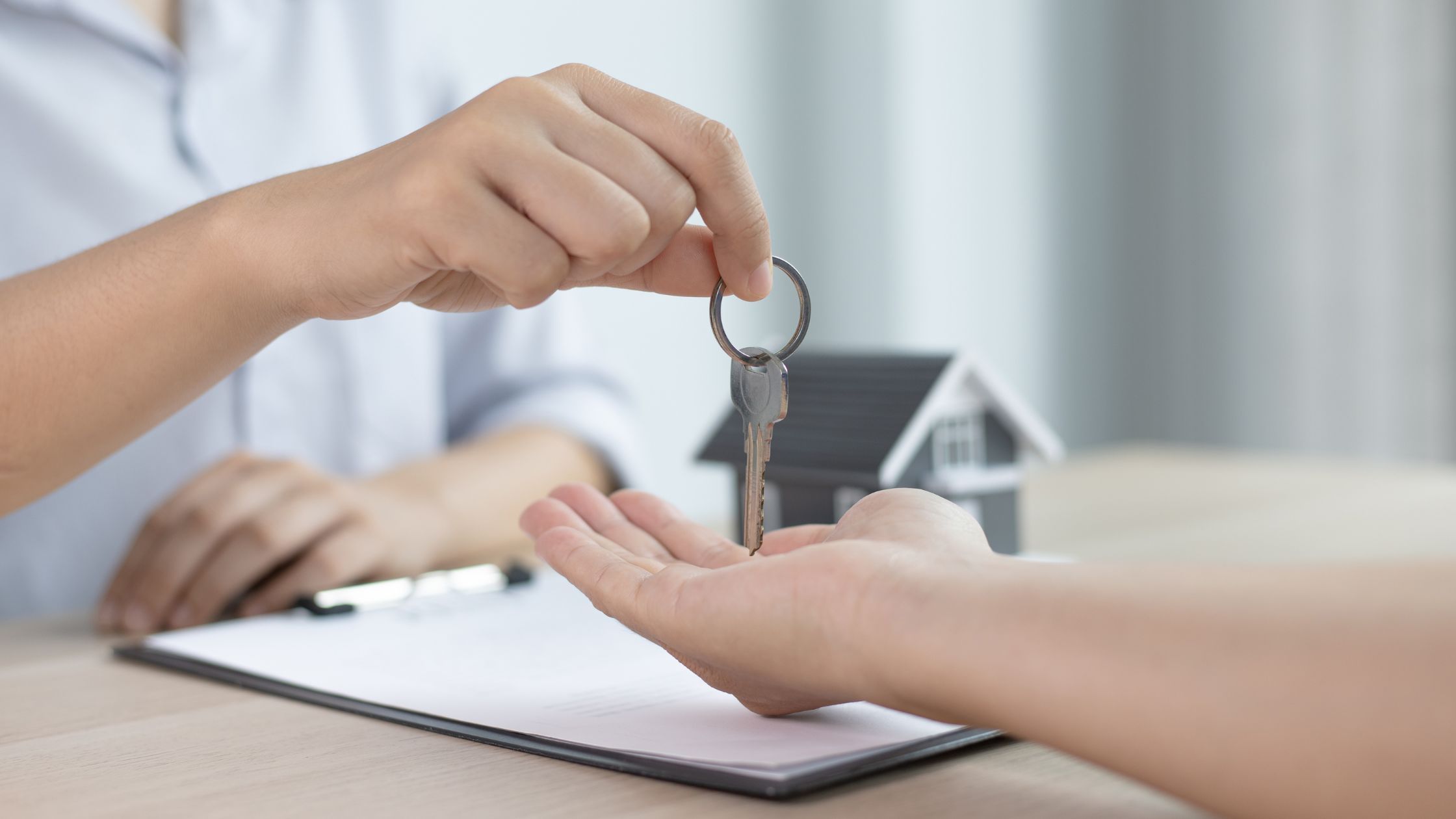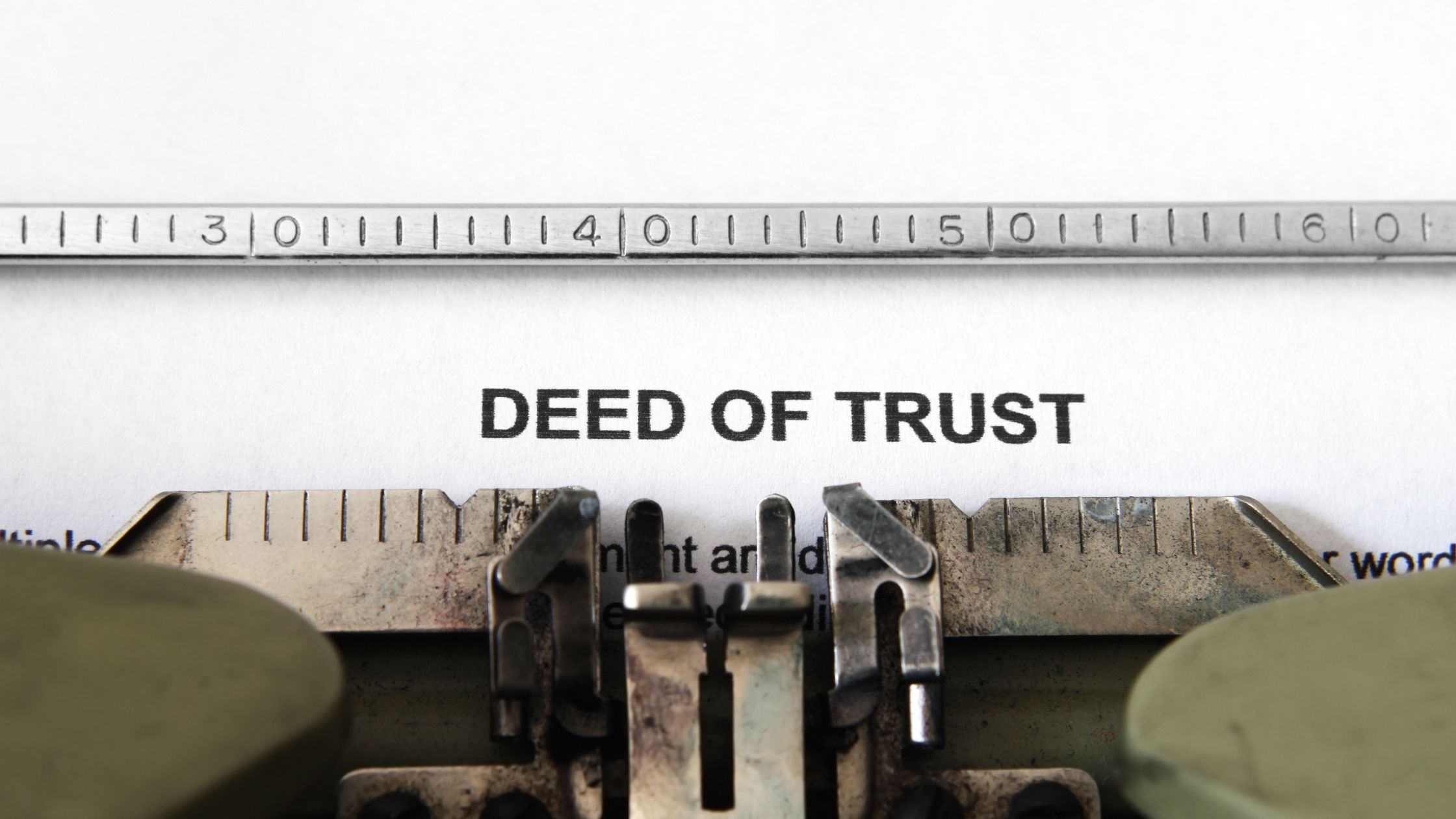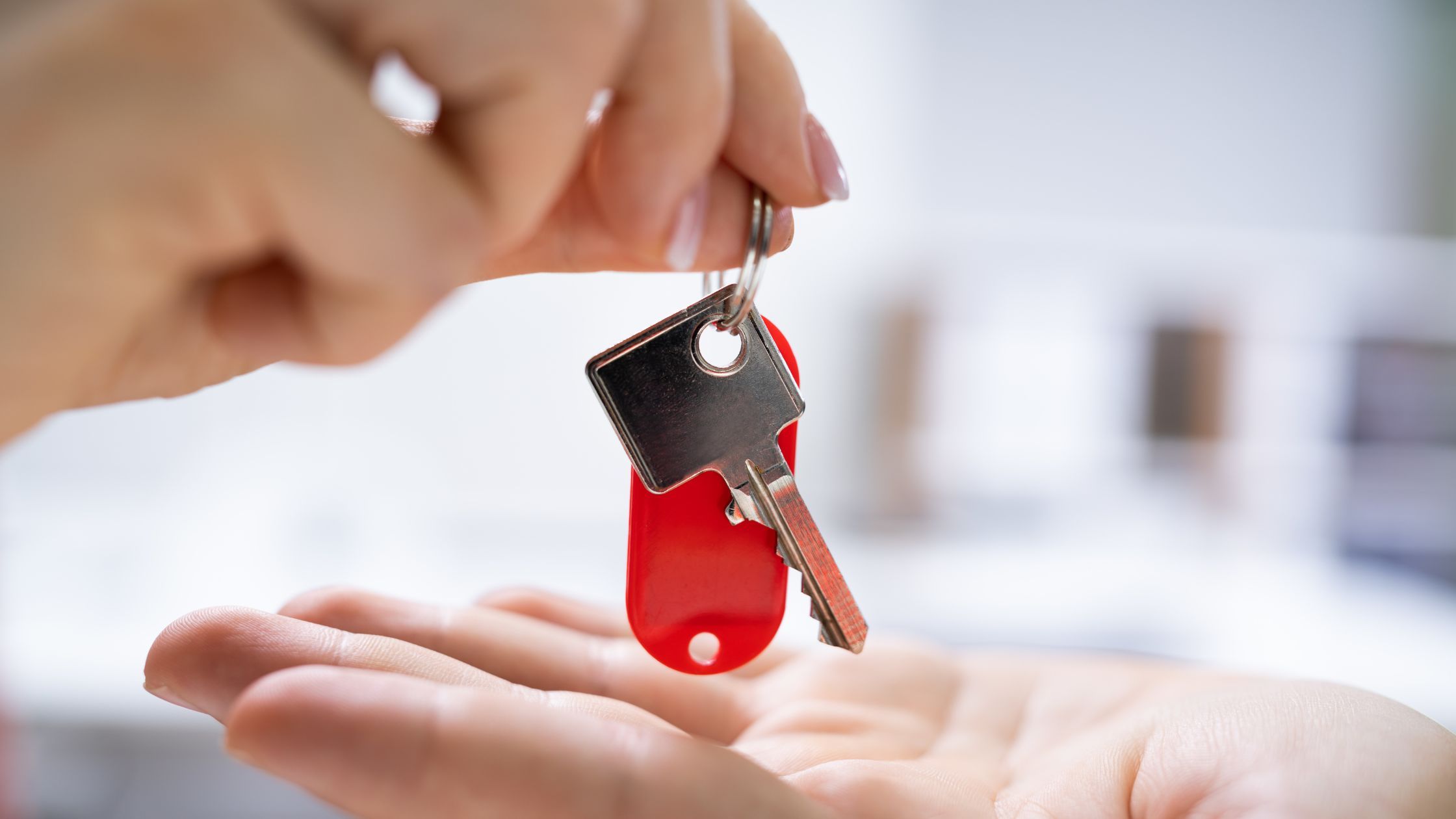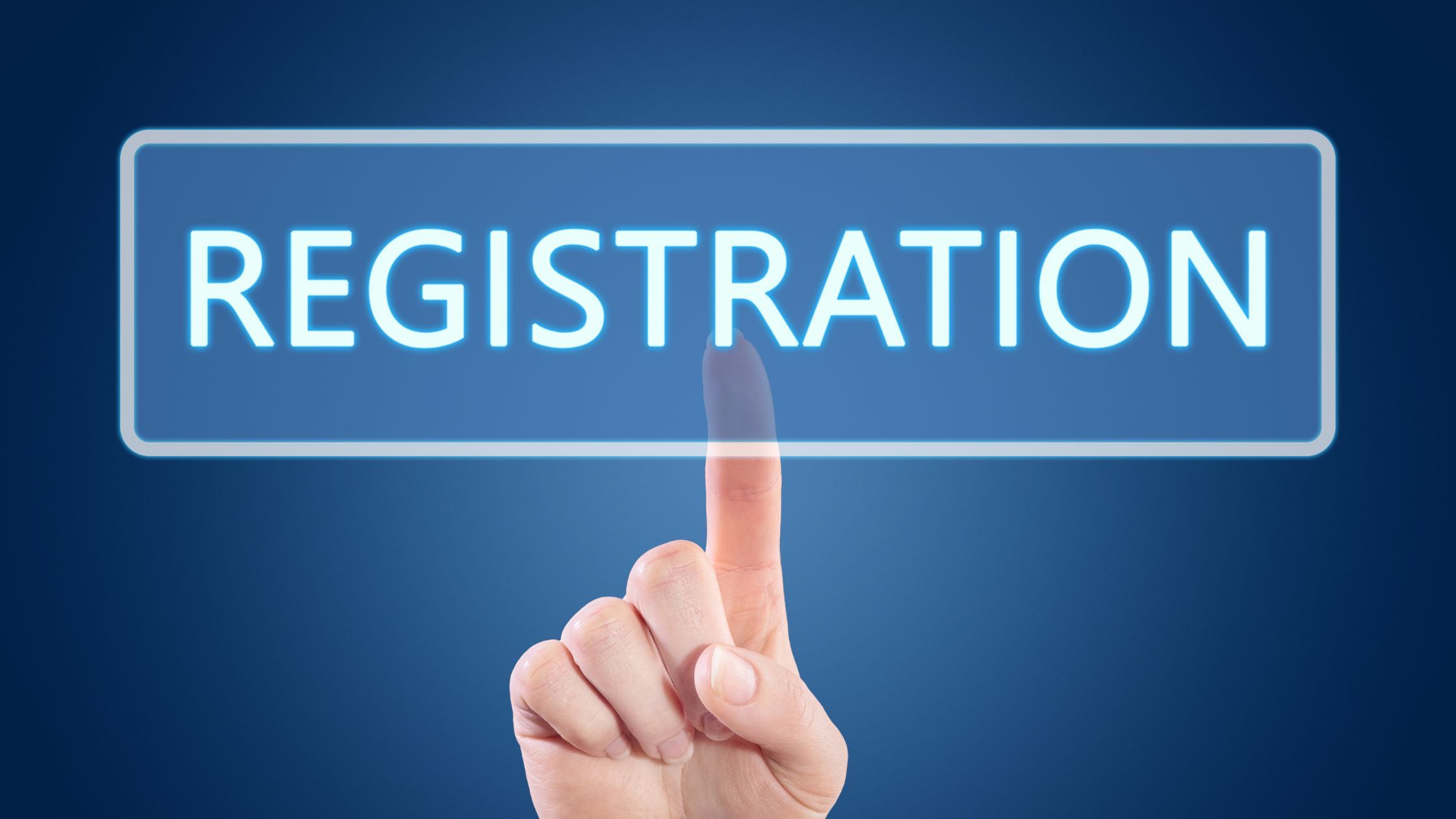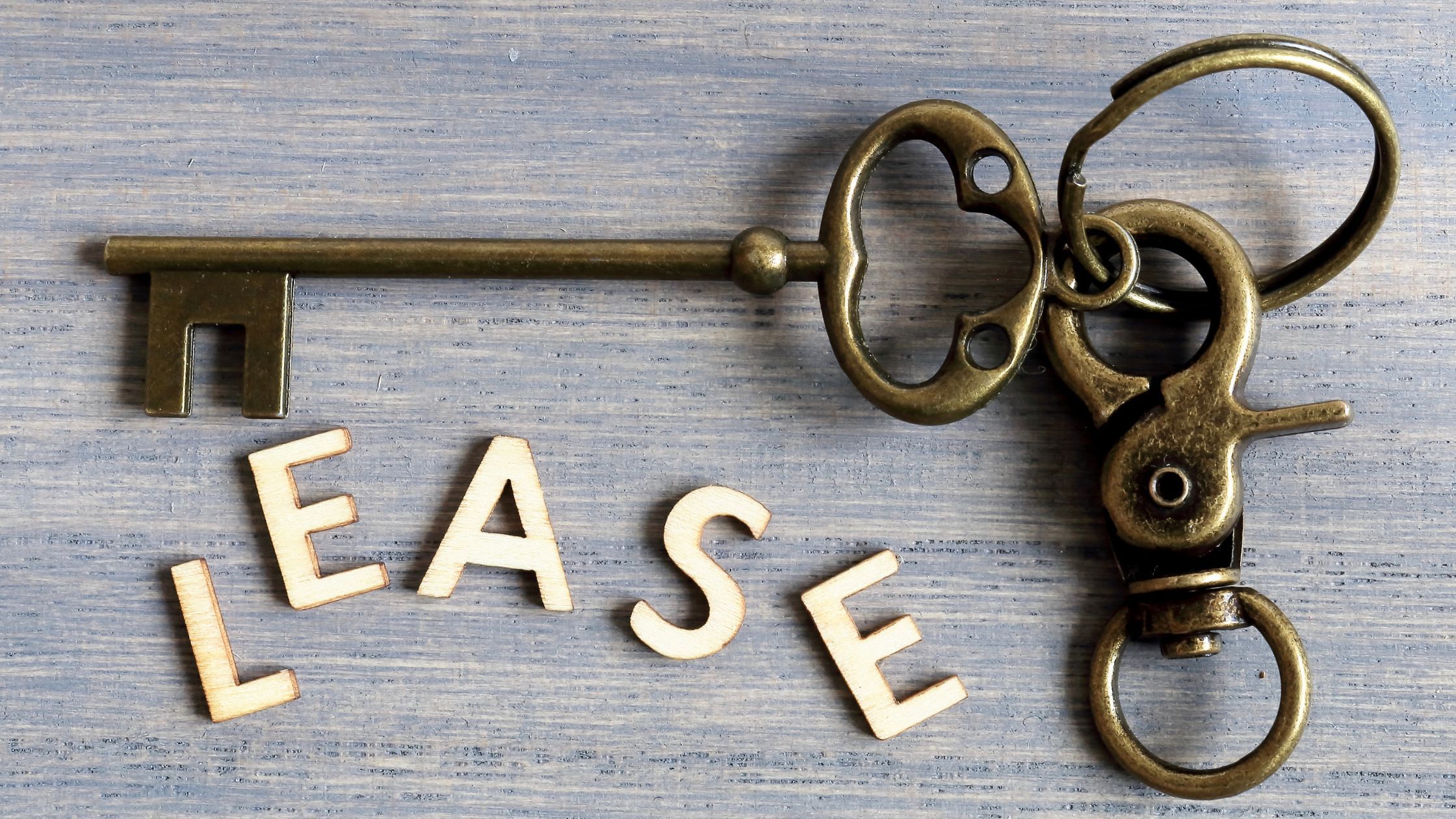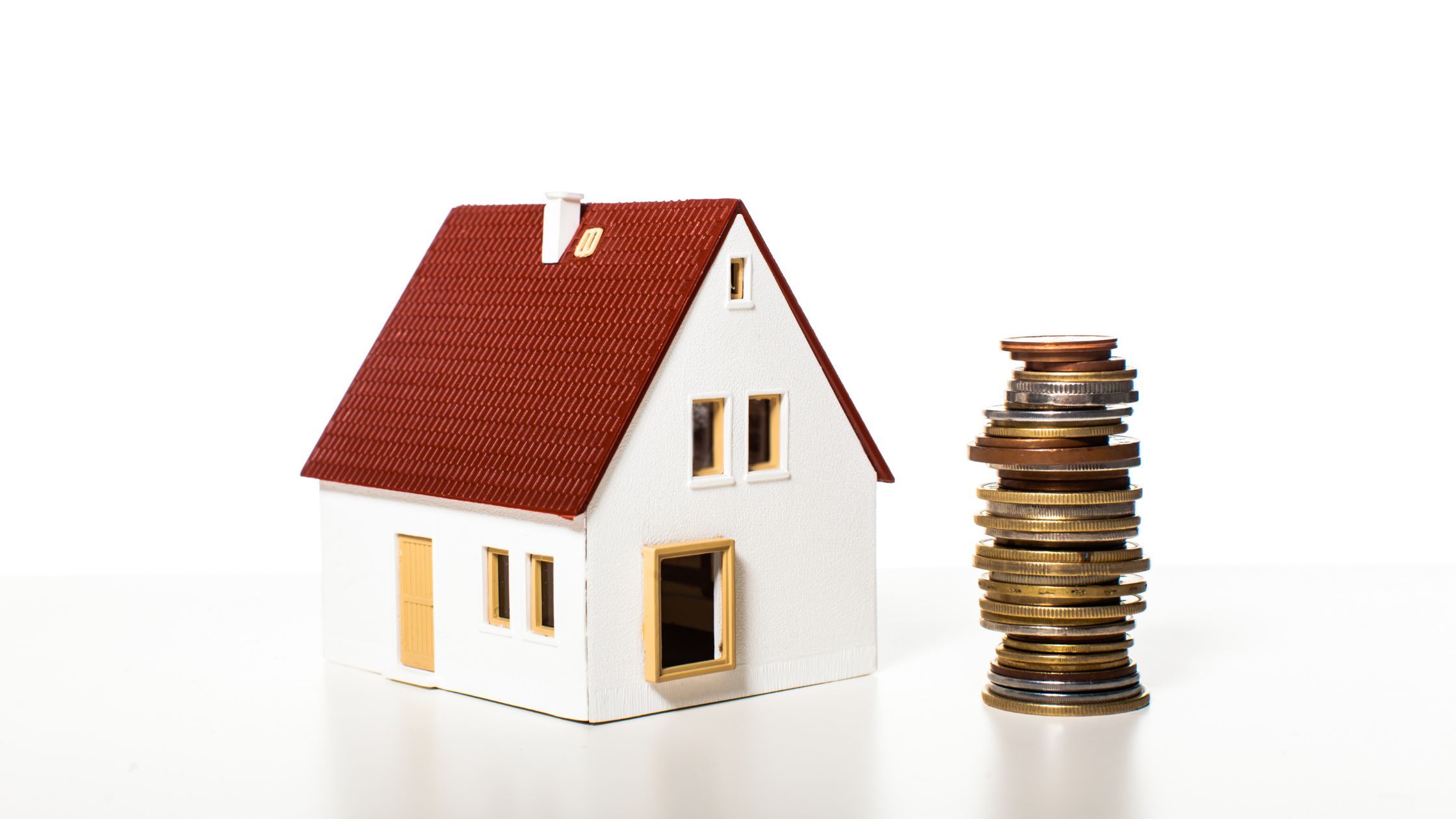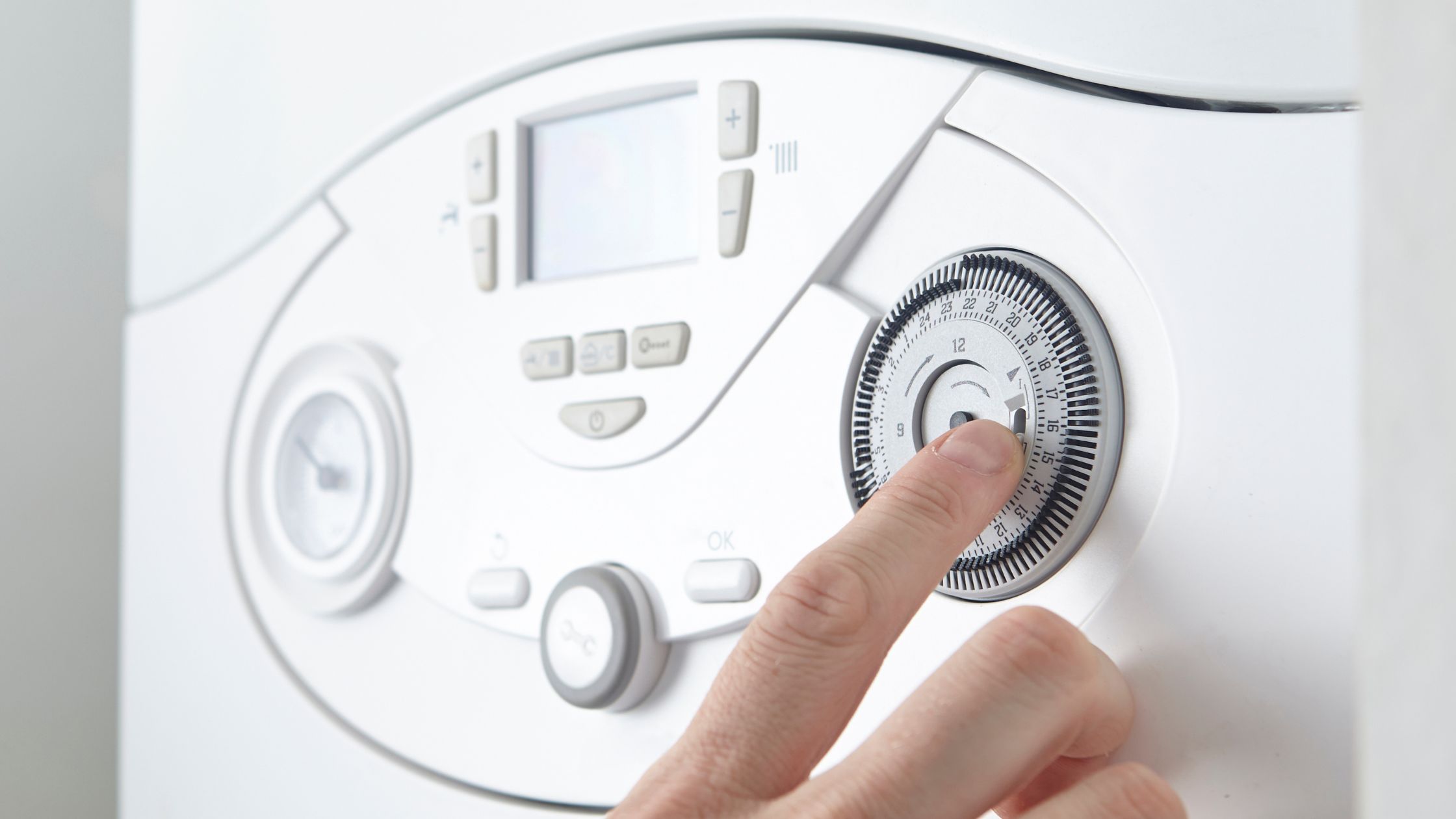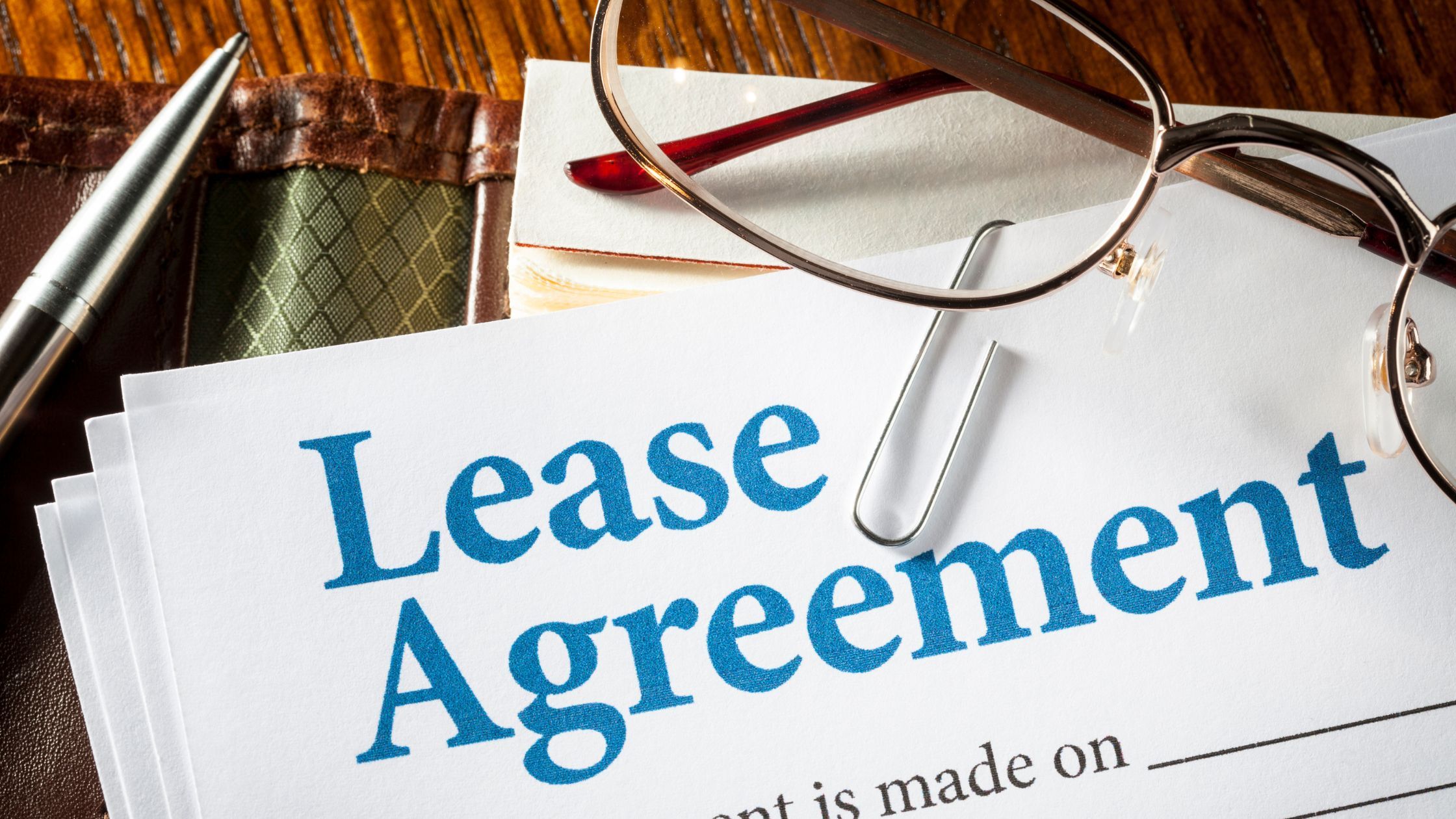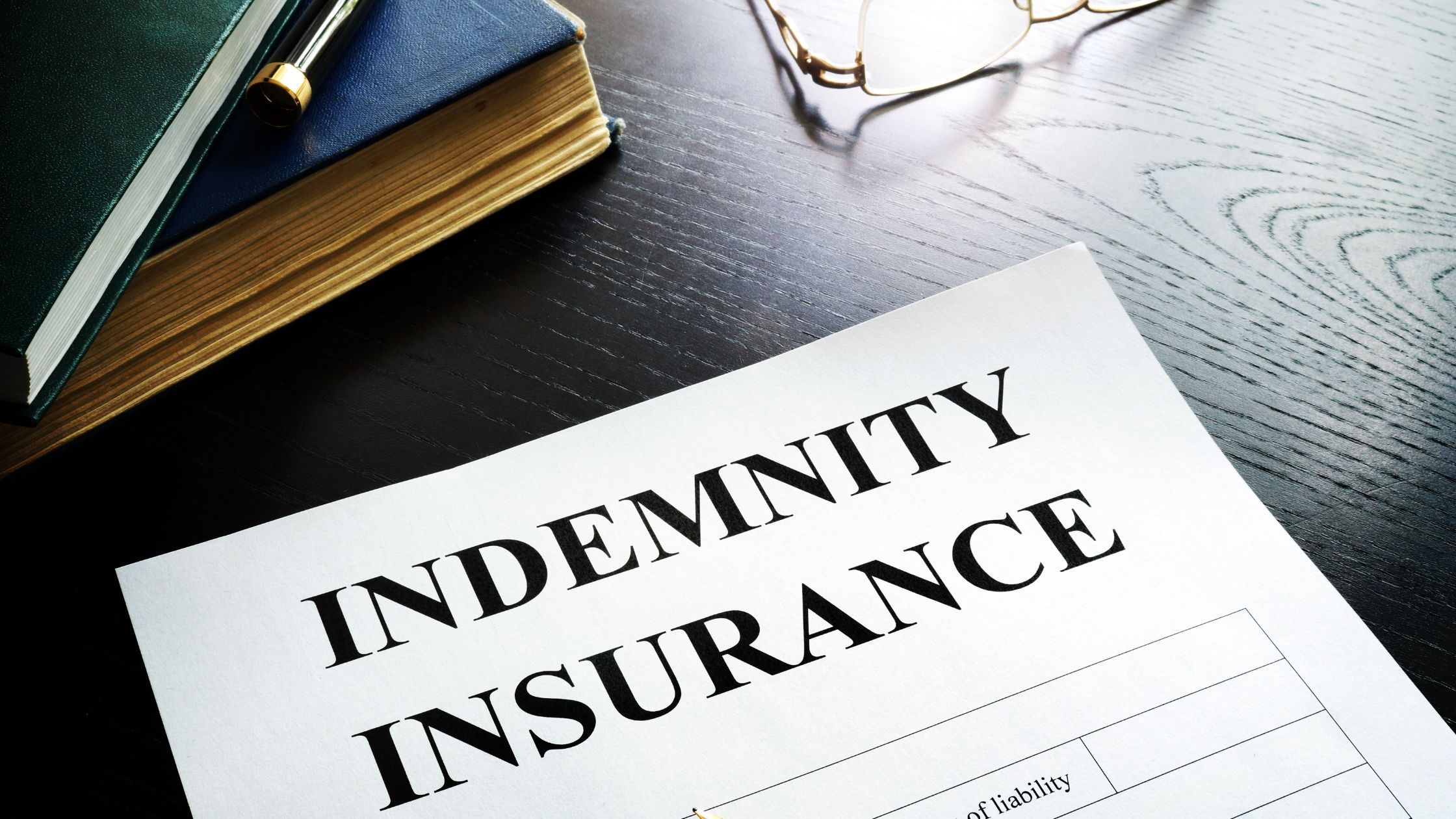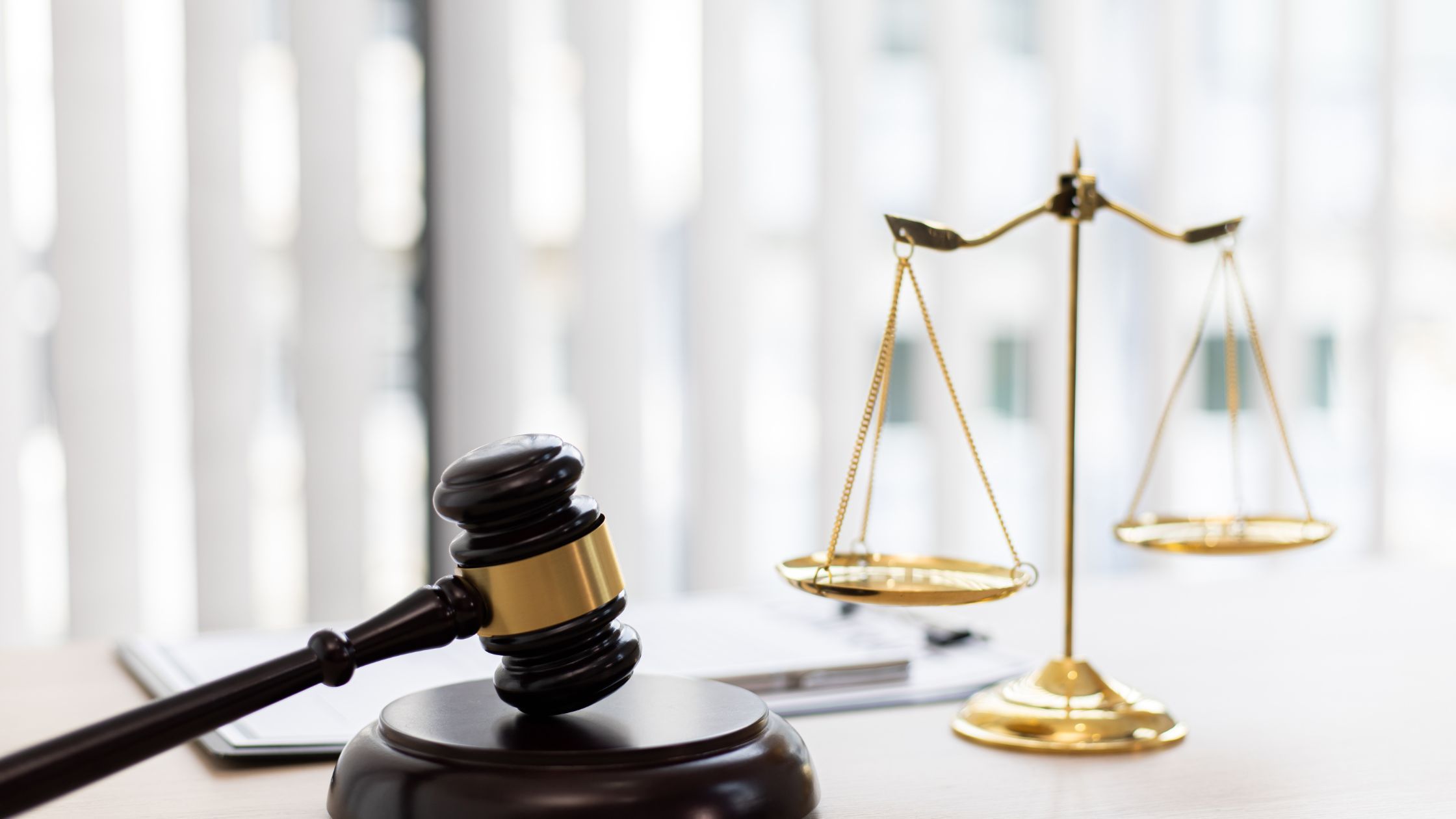What is Remortgaging?
Remortgaging is when you take out a new mortgage with a new lender on a property you already own – normally your home. It is used to pay off the existing/old lender. It’s a bit like switching to a new energy provider with a new contract.
Why do I need a conveyancer for a remortgage?
Conveyancing is the process of transferring the legal title of a property from one person to another. Although the title (ownership) of the property does not change hands, the extent of the lender's interest in the property, or even the lender itself, does.
It is, therefore, still necessary for a solicitor to check the title and legal standing of the property for the new lender's protection. This is to ensure that the property offers sufficient security for the new lender and to formally register the new interest so that documents held by the Land Registry are accurate.
Remortgage Conveyancing Process
ID Checks – The first step of the remortgaging process is for us to complete ID checks.
Existing mortgage – We’ll gather details of your current mortgage, particularly a redemption statement. This will tell us what amount is outstanding, whether there are any early redemption or early exit fees and when these will expire.
If your property is leasehold, we’ll check the terms of the lease and the term remaining on it to make sure we comply with your new lender’s requirements. We will also contact your landlord/management company to obtain some necessary information.
Property searches – In some cases, your new lender may want us to conduct searches on your property. They will want to be sure that there’s nothing that could negatively impact the value of your property.
Property valuation – Your new mortgage lender will value your property and will usually provide you with a copy of the valuation within the mortgage offer. They may also provide this to us at the same time.
We’ll check through all the fine print and terms on your mortgage offer, raising issues with both parties as they arise.
Deed – Once all parties are happy, we’ll ask you to sign the new mortgage deed.
We’ll complete – On the day we receive the funds from your new mortgage, we will use these funds to pay off your existing mortgage and send you any additional monies due back to you.
We register the changes with Land Registry. Once we receive confirmation that your old mortgage has been paid, we update the Land Registry that a remortgage has taken place.

